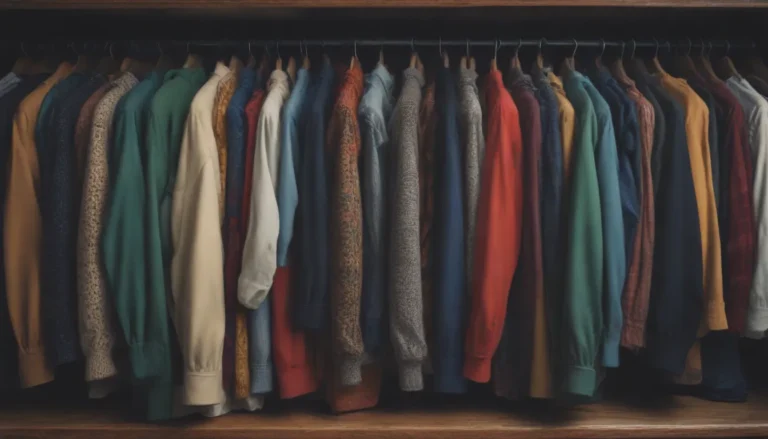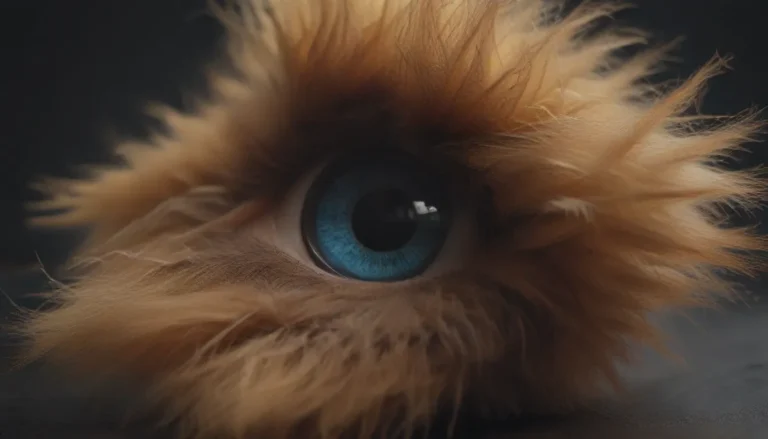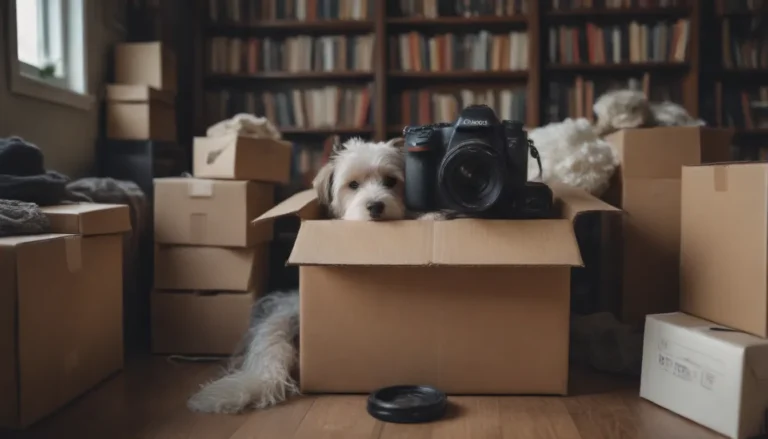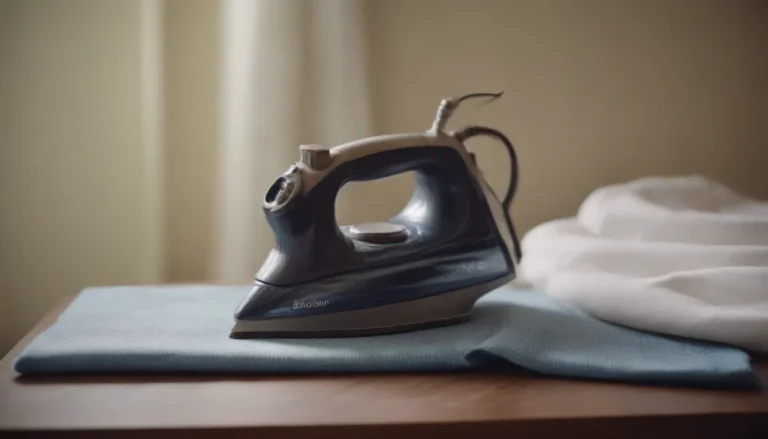The Ultimate Guide: Should You Dust or Vacuum First?
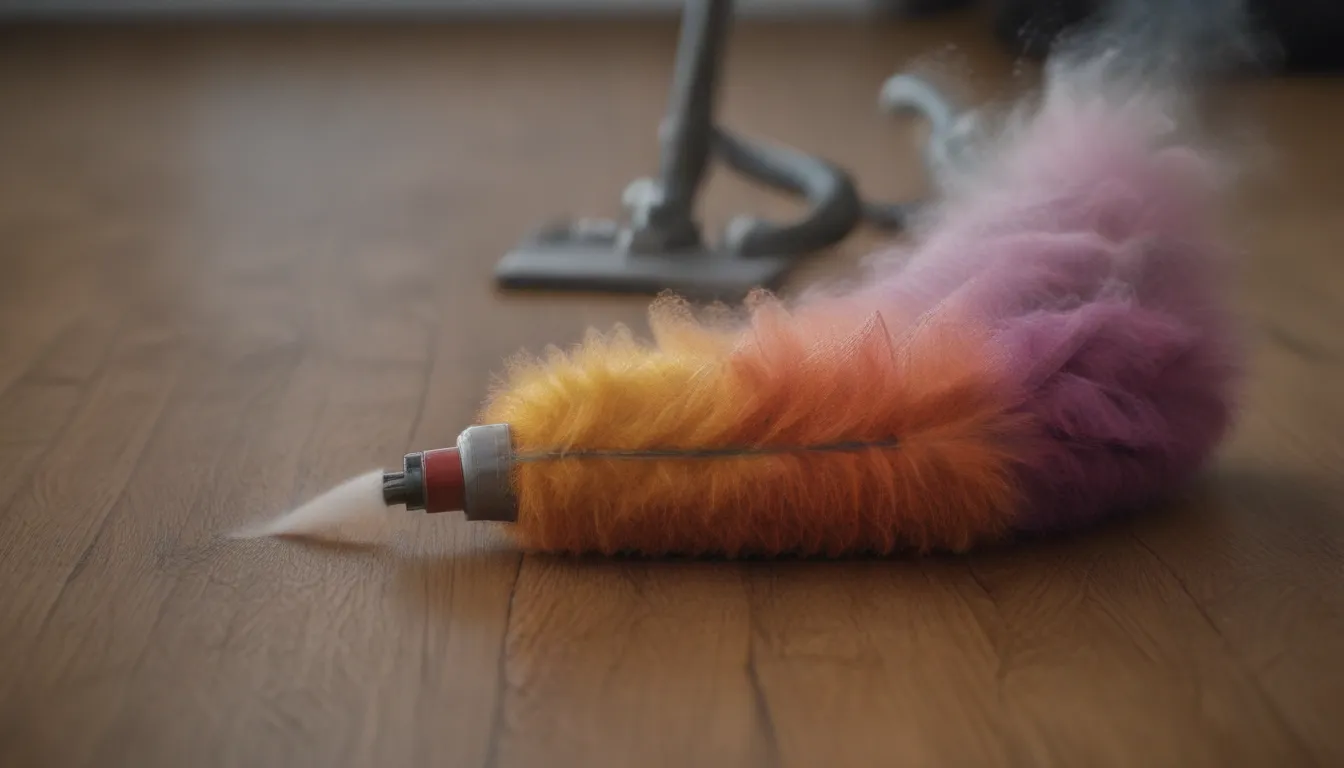
Welcome to the ultimate guide on the age-old question: should you dust or vacuum first? We’ve all been there – in the midst of a cleaning spree, trying to get everything sparkling clean in the most efficient way possible. The last thing you want is to clean things twice, right? That’s why it’s crucial to follow the correct cleaning sequence to ensure you get the most satisfying results in the least amount of time. So, let’s settle this debate once and for all – dust first, then vacuum. But why, you ask? Let’s dive into the details and explore the best cleaning order for any room.
Dust or Vacuum First? The Importance of the Correct Cleaning Sequence
Even with the best duster in hand, a few pesky particles of dust are bound to escape into the air as you work. And where do they eventually settle? Most likely, on the floor. This is why dusting first is crucial, especially if it’s been a while since you last tackled the dust in your home. When you dust, larger clumps of dust may drop to the floor, giving you a second chance to remove them when you vacuum.
In the past, cleaning experts recommended vacuuming first, as old-style vacuums would kick up so much dust that dusting was left as the final step. However, modern vacuums with advanced filtration systems, such as HEPA filters that can trap tiny particles efficiently, have changed the game. Now, it’s more effective to vacuum as the last step in your cleaning routine, ensuring that you capture all the dust and dirt that has settled after you dust.
The Best Cleaning Order for Any Room
1. Remove the Clutter
Before you begin dusting or vacuuming, it’s essential to declutter the room. It’s nearly impossible to clean effectively if you’re dodging around piles of clutter. Start at one side of the room and gather items that are out of place. Have a trash bag handy for items that need to be tossed and a basket for things that belong in another room.
2. Start at the Top
When it comes to dusting, always start at the top of the room and work your way down. Dust hard-to-reach areas such as ceiling fans, light fixtures, corners, and the tops of tall furniture first. Then, move on to mantles, tabletops, windowsills, baseboards, and furniture legs. For stubborn dirt, you may need to use a suitable cleaner for thorough cleaning.
3. Vacuum the Floor
Now that all the dust has settled on the floor, it’s time to vacuum. Make sure all clutter is off the floor, and move furniture away from the walls to access corners and underneath. Adjust the vacuum settings based on the type of flooring – for carpets, ensure the beater bar or roller brush makes contact with the fibers. Vacuum in a grid pattern for optimal results, overlapping the passes to capture the most soil.
Tips to Reduce Dust in Your Home
Now that you know the correct cleaning sequence, here are some additional tips to help you reduce dust in your home:
-
Change your bedding regularly: Dust mites love to make themselves at home in your bedding, so be sure to wash your sheets and pillowcases weekly.
-
Use air purifiers: Investing in an air purifier can help remove dust particles from the air in your home, improving air quality.
-
Clean air vents and filters: Dust can accumulate in air vents and filters, so be sure to clean them regularly to prevent dust from circulating throughout your home.
-
Limit carpeting: Carpets can trap dust and allergens, so consider switching to hard flooring or using rugs that can be easily cleaned.
-
Keep pets groomed: Pets can contribute to dust and dander in your home, so regular grooming and bathing can help reduce this.
By following these tips and the correct cleaning sequence of dusting before vacuuming, you can ensure a clean and healthy living environment for you and your family.
In conclusion, when faced with the question of whether to dust or vacuum first, always remember: dust first, then vacuum. By following the proper cleaning sequence and routine, you can achieve the most satisfying results and make your cleaning endeavors more productive and efficient. Happy cleaning!

